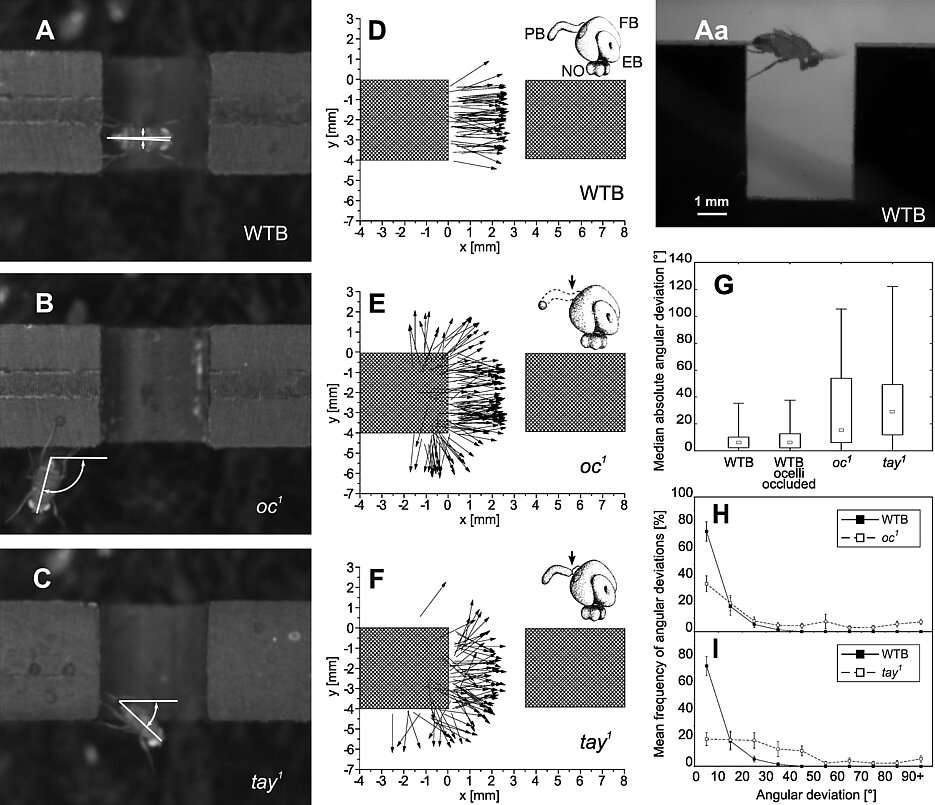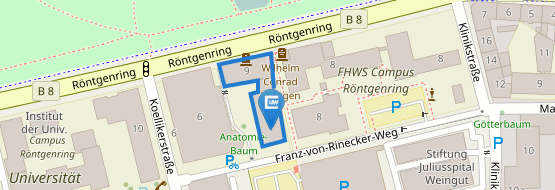Visual targeting of motor actions in climbing Drosophila
01.01.2010Triphan T, Poeck B, Neuser K, Strauss R. (2010)
Curr Biol. 20:663-668
Drosophila melanogaster flies cross surmountable gaps in their walkway of widths exceeding their body length with an astounding maneuver but avoid attempts at insurmountable gaps by visual width estimation. Different mutant lines affect specific aspects of this maneuver, indicating a high complexity and modularity of the underlying motor control. Here we report on two mutants, ocelliless(1) and tay bridge(1), that, although making a correct decision to climb, fail dramatically in aiming at the right direction. Both mutants show structural defects in the protocerebral bridge, a central complex neuropil formed like a handlebar spanning the brain hemispheres. The bridge has been implicated in step-length control in walking flies and celestial E-vector orientation in locusts. In rescue experiments using tay bridge(1) flies, the integrity of the bridge was reestablished, concomitantly leading to a significant improvement of their orientation at the gap. Although producing directional scatter, their attempts were clearly aimed at the landing site. However, this partial rescue was lost in these flies at a reduced-visibility landing site. We therefore conclude that the protocerebral bridge is an essential part of a visual targeting network that transmits directional clues to the motor output via a known projection system.
Comment in: Curr Biol. 20:R309-311.


